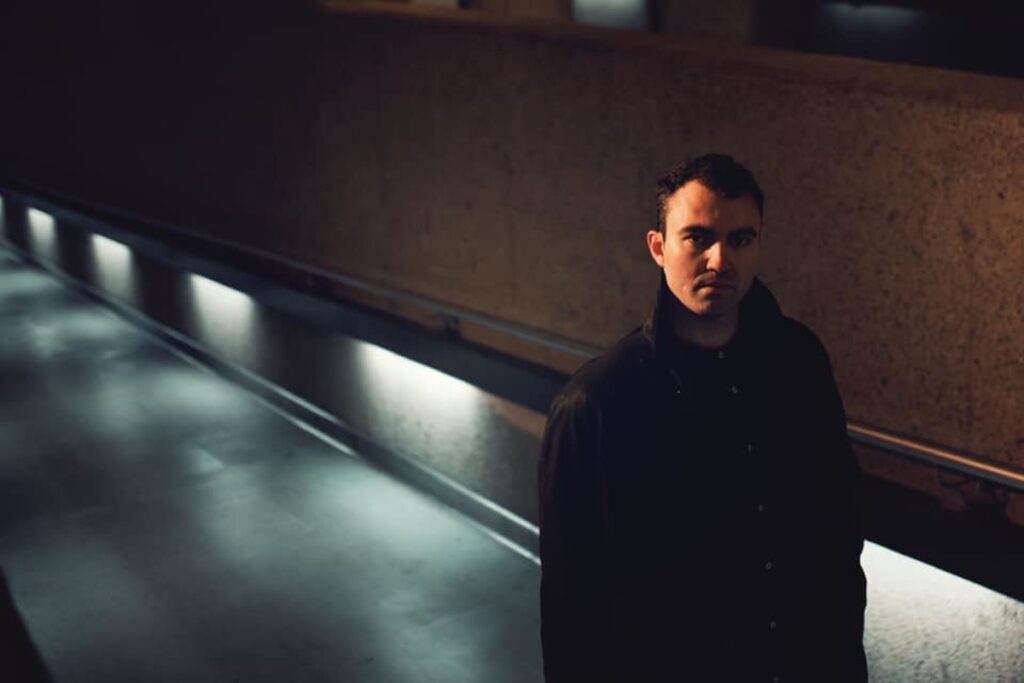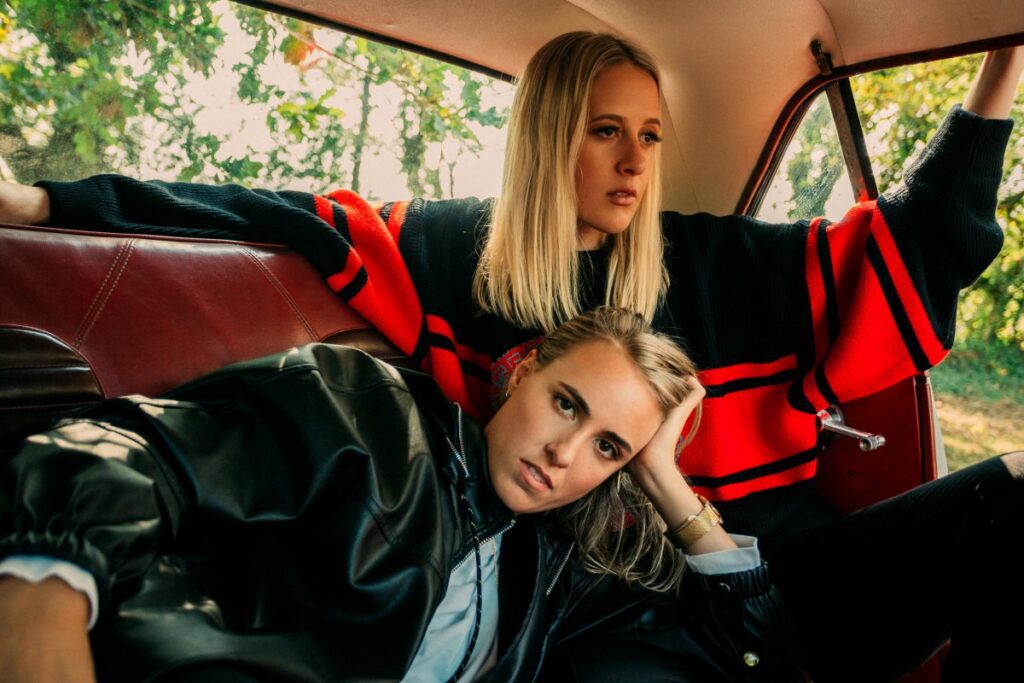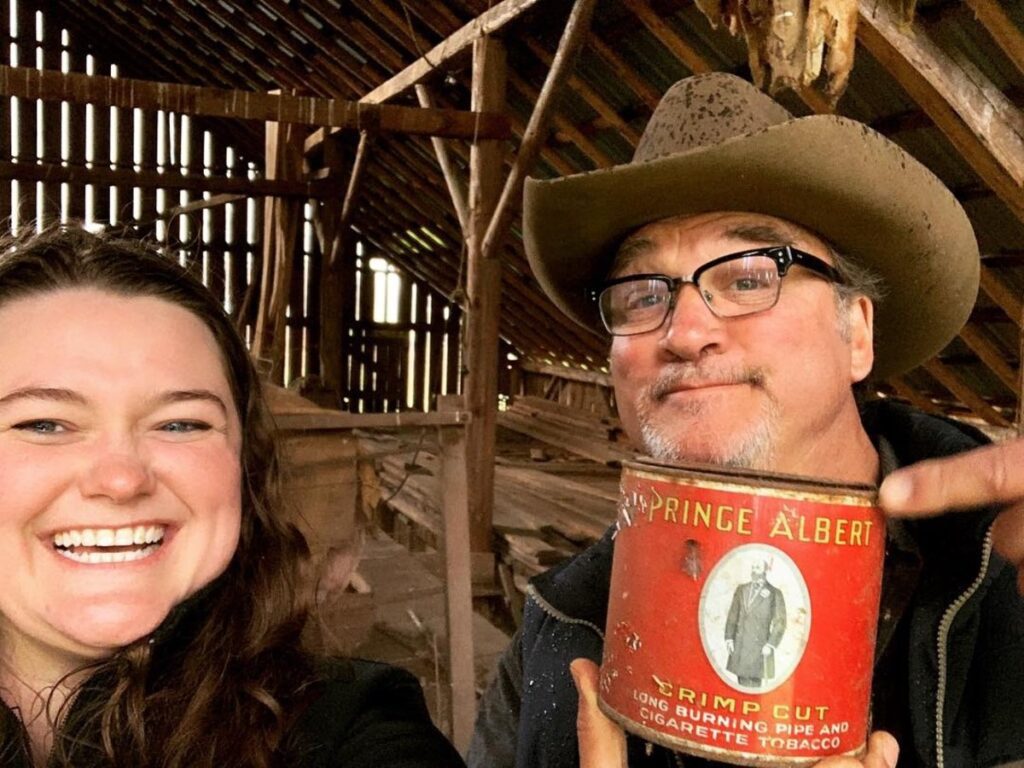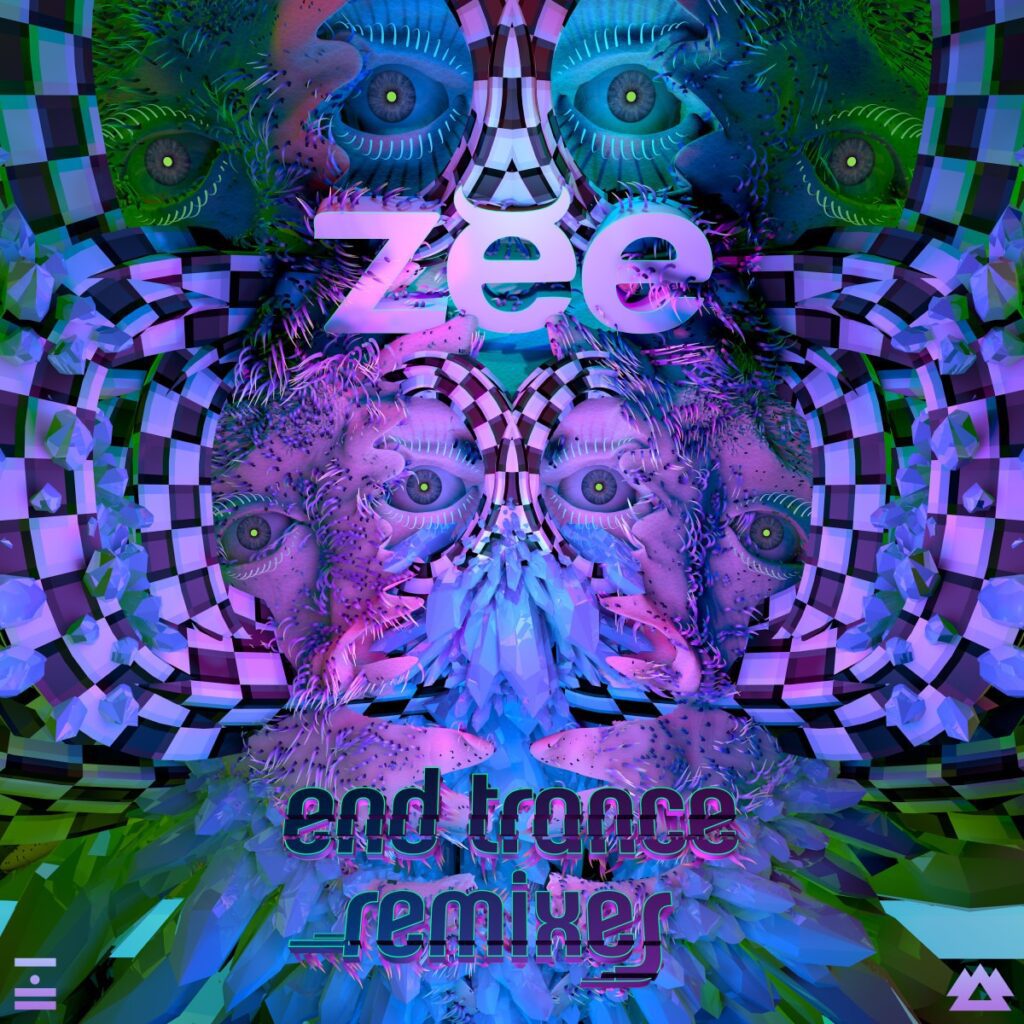Some people have struggled to keep their head above water over the past year and some have found a creative burst. Alex Somers, known to some as Alex from the duo with Sigur Rós’ Jónsi, Jónsi & Alex, which released their second album in 2019 is ready to have a big 2021. Somers has been active over the past decade working on soundtracks like Captain Fantastic, the How To Train Your Dragon Trilogy, Aloha and the Taylor Swift doc Miss Americana, plus working with the likes of Julianna Barwick, Gyða Valtýsdóttir, Damien Rice, Amiina, Sin Fang, and Briana Marela. Now he has established his own solo artist career with two full albums polished and released today.
The albums Siblings and Siblings 2, were several years in the making. He wrote most of it between 2014 and 2016, but the spark to finish came from composing for Dawson City: Frozen in Time (2016). Many of those ideas around found objects and reworking sounds through various machines (you will read all about them) percolated into music that became the two records. This creates beautiful and sonically rich albums that combine the feel of a soundtrack with the lush mysticism of his work as Jónsi & Alex and deep, meditative ambient records that help glue the projects together.
Both albums are worthy of listens all the way through if you are feeling anxious or just want to relax a bit. To make music this rich requires a lot of different pianos and other hardware. Alex Somers has plenty of it and he dove into how they are all used for a new My Toolbox feature. There are some beautiful pianos and a very cute dog.
Grab a copy of Siblings & Siblings 2 and listen to them both as you read.
1. Studio Goblin
First things first! Essential for cuteness + sampling the dog toys that will inevitably be lying around your studio.

Studio Goblin & the DOG!!!
Alex Somers

NEVER TOO MANY PICS OF A DOG
Alex Somers
2. Piano
I love our upright piano so much. It’s a simple upright piano made by Rippen – not crazy, fancy, or expensive or anything, it just has soul. We had our piano tuner lower the damper to make the damp setting as ridiculously dampened as possible. I love that sound and it’s so fun to play into that sound. The harmonic overtones are different, and playing softly takes on an entire new feeling. My secret, not-secret trick is to hold down all three pedals all the way down all the time! You can hear that sound all over Siblings and Siblings 2.
3. Harmonium Pump Organ
“Dim” was written on this harmonium. It’s a very old and beautiful organ made in Brattleboro, Vermont. It belonged to a traveling priest who would set up in new churches every week along their travels, play for the locals, and then keep moving. It folds down into a beautiful box like a child’s coffin. This can also be heard on a lot of the albums I’ve produced for other artists including Jónsi, Sigur Rós, Julianna Barwick, and others.

Harmonium Pump Organ
Alex Somers
4. Celeste
This is an old tabletop celeste. I honestly don’t use it very often but it has one shining moment on the album so I thought I’d mention it. You can hear it on the outro of “Deathbed.” It sounds so harsh in real life that you have to record it from across the room with a ribbon microphone, otherwise its sound is kind of unusable to me. But with the mic in the right place and a little luck, it can sound really lovely.

Celeste
Alex Somers
5. Yamaha VSS-30
This is my single favorite instrument. Period. It’s a kid’s toy from the 1980s and basically just captures 1 1/2 second samples and automatically maps them to the keyboard, but it’s incredibly creative and spontaneous. Every time I pick this puppy up I feel like it’s just leaking amazing sounds, new ideas, and melodies. It’s really a gem that has been with me for many years and I never want to be without it. For the record, it was Jónsi who first introduced me to this beast way back in 2003 as it was his favorite before it was my favorite.

Yamaha VSS-30
Alex Somers
6. Microcassette and Cassette Machines
I love these little dinky tape recorders! They are the most instant gratification boxes I have. They never fail. You can hear the pianos on “Sooner” and the bells on “Locket” were dubbed to the microcassette tape. There are several other cassette moments spread out over Siblings and Siblings 2 because I reach for these often. I use them at the mix stage so I have the option of replacing the proper recording or blending the mono tape version with the proper recorded version. Both ways can yield nice results. The warble is additive! And shoutout to the Moog filter plugin made by Universal Audio to tame the tape hiss more beautifully than anything I’ve ever heard.

Microcassette and Cassette Machines
Alex Somers
7. Swart AST Pro Amplifier
This is my favorite amplifier I’ve ever heard! It really gives a halo to anything passing through it. Most of the vocals on Siblings and Siblings 2 passed though this amp with the spring reverb all the way up – that’s my setting! I also use it for playing my VSS-30 sampler, though, which you can hear in “Between Us.”

Swart AST Pro Amplifier
Alex Somers
8. Roland Space Echo
The Roland Space Echo is such an instrument itself. It’s a tape delay unit with spring reverb and it just loves warping everything in its path. It has so much personality and can really fuck things up in a kind and beautiful way. You can hear the entire string section through it on “Kimblings 2.” One nice limitation is that it’s mono so you have to do the left and right sides separately on stereo material. This means that you can set the knobs on slightly different settings or even twiddle the knobs as the music is reamping through in real time to make an artificially wide stereo image. Love that! Mmmmmm

Roland Space Echo
Alex Somers
9. Reamping
It’s a recurring theme in my process, but sending sounds to other mediums to leave their imperfections and fingerprints behind on them is a big part of my sound. I just love the surprise and fun factor of playing sounds through amps, gramophone horns, cassette machines, tape delays, spring reverb units, and anything that will place a sound in a new sonic space. The computer is the perfect place to house and collage all of these sound ideas, but the physical realm is the perfect place to let sounds echo and bend around a space or a machine to bring new life to music. You can see a homemade gramophone reamp speaker that Jónsi and I made many years ago. It still sounds fucked and cool.

Alex Somers
10. Analog Mix Buss Chain
I love working inside the computer and love the control and flexibility I have within that environment, it’s the best… but I have to admit that I also love the sound of good outboard gear across the mix buss! There can be a beautiful push and pull and squeezing of certain sounds when you run them though nice analog gear. That has definitely become part of my sound and part of the way the final mixes sound on Siblings and Siblings 2. I’ll admit that I’m guilty of overcooking things sometimes because I just can’t help myself… it’s very fun!

Analog Mix Buss Chain
Alex Somers
I have an analog summing mixer and a dedicated analog mix buss chain through which I’ve mixed everything I’ve done. It really makes a huge difference in my workflow and really injects that finishing oomph into the music. Each piece here has earned its place and I pretty much know them all inside and out now. It’s really fun to carefully gain stage the mix buss to get exactly what you want and none of what you don’t. I made my own recall sheets so I have full recall and it doesn’t take long to recall mixes from scratch.

Analog Mix Buss Chain
Alex Somers
11. Barefoot MM27
I love sound. I love making and listening to recorded sound environments, and having truly high-resolution speakers has changed my life. The first night I set up my Barefoot MM27’s and played music back I teared up. The sheer resolution of them was moving. Ha ha, I know I know, I’m a loser, but yeah, music is powerful and I really appreciate listening and working on these amazing speakers every day! I got my first pair of these in 2011 and everything I’ve touched since has been mixed and monitored through them.

Barefoot MM27 Speakers
Alex Somers
12. Varispeed & Logic Pro X
Last but not least I’d like to just say how amazing Logic is. I’ve been using Logic since 2001, version 4.8.1 and it just keeps getting more and more refined. I love how simple and clean of a workspace it is and its dark color palette. But the number one reason I am obsessed with Logic is varispeed. Varispeed is the simple feature of emulating what happens to recordings when they are slowed down or sped up by analog tape. It’s deceptively simple but it is my single favorite way to alter a recorded sound. It’s so amazing how varispeeding things can start to bend and shape a new reality.
I use it as a creative springboard and also as a way of sonically destroying existing recordings. Most of my music will get some kind of varispeed treatment at some point in its life cycle. Logic is the only music software I know of that has varispeed built right into the transport, making it super accessible and spontaneous to be constantly auditioning things at other speeds while you work. Anyway, that’s my love letter to varispeed and Logic.

Varispeed
Alex Somers
Thank you for having me Magnetic Magazine! And thanks for listening to my music.










